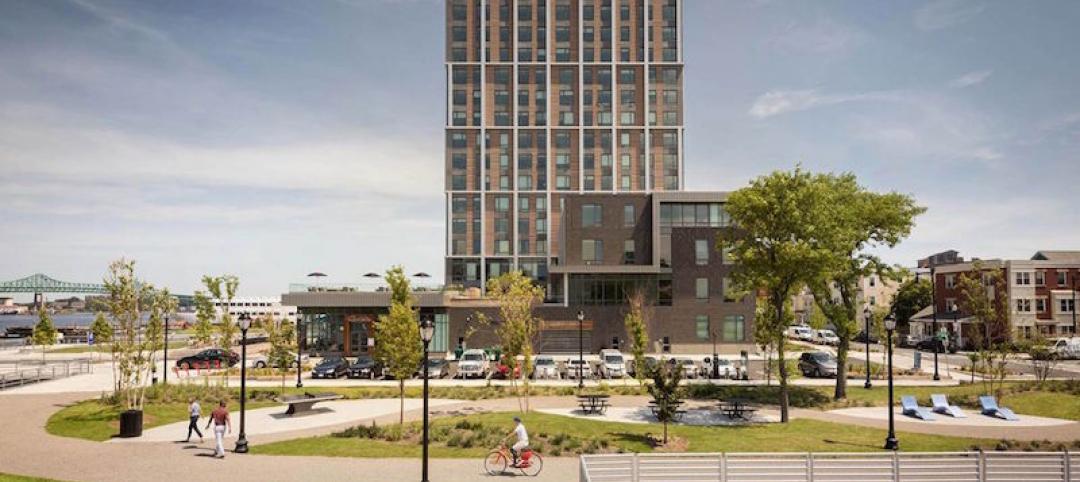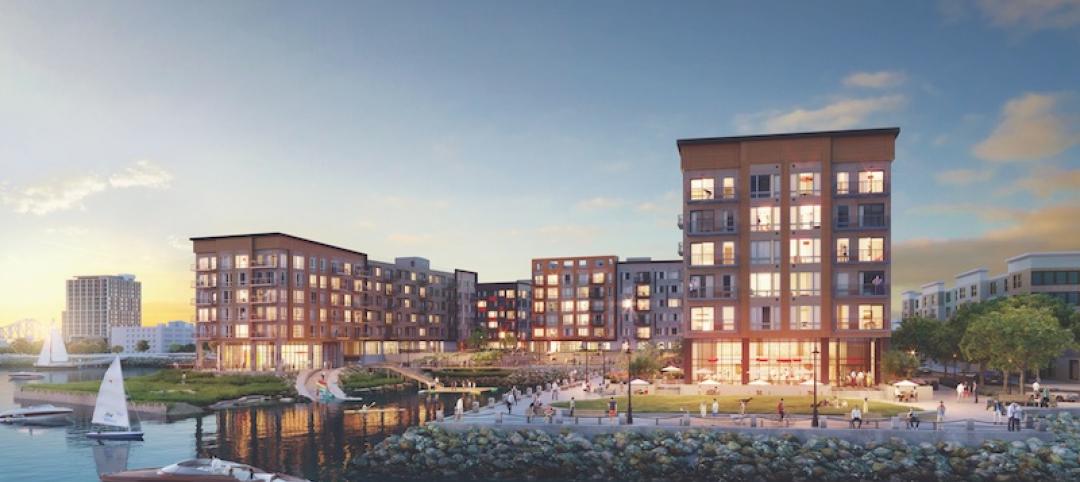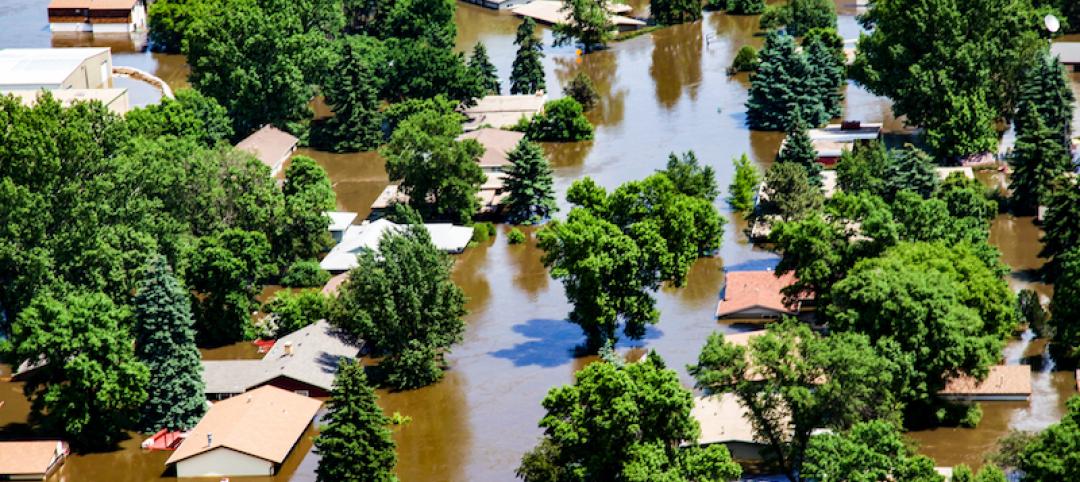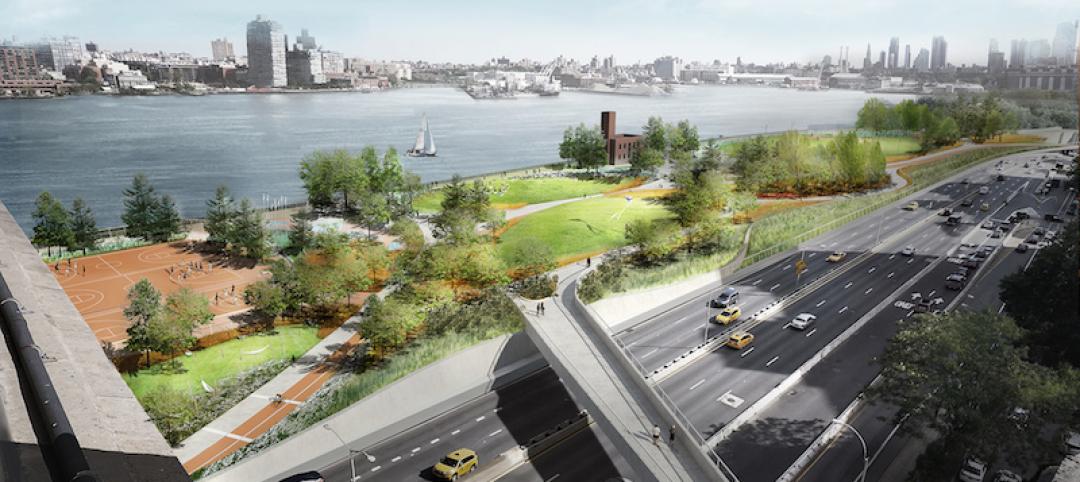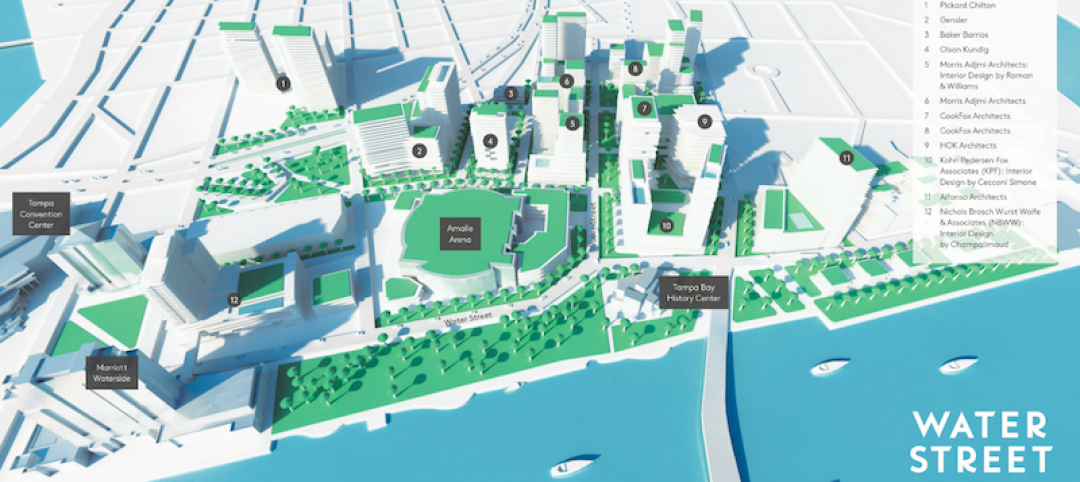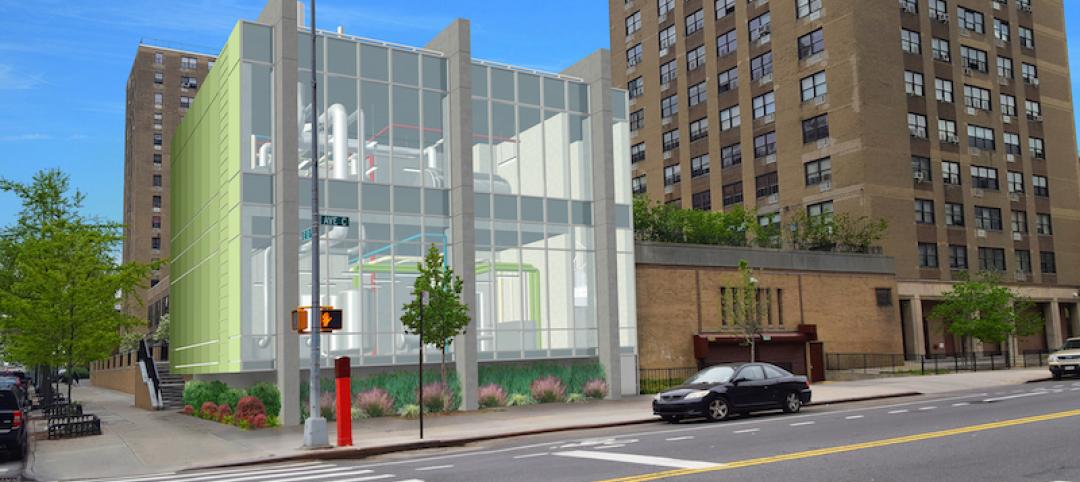Last November, the International Code Council launched the Alliance for National & Community Resilience for the purpose of developing a whole community benchmark rating system by 2018. The alliance’s members include such heavy hitters as Target and Kaiser Permanente.
Two months earlier, the American Society of Landscape Architects launched an online guide for resilient landscape planning and design to help communities protect themselves from natural disasters. Nancy Somerville, the trade group’s CEO, says ASLA convened a panel of experts—including scientists, policy makers, and landscape architects—to produce policy recommendations that ASLA intends to release sometime next year.
These are examples of an array of guidelines and standards coming from all kinds of sources that are jockeying for position to stamp their imprint on resilience best practices and, potentially, new codes.
“There are an increasing number of standards around resilience that AEC firms need to be prepared for,” says Katharine Burgess, Senior Director of Urban Resilience with the Urban Land Institute. ULI is providing resilience assistance to cities, communities, and its members through a variety of programs.
 The 56-story 181 Fremont Tower, a LEED Platinum office/apartment tower in San Francisco, is the first to be built on the West Coast to meet an earthquake rating system devised by Arup, the structural engineer on the project. Heller Manus Architects.
The 56-story 181 Fremont Tower, a LEED Platinum office/apartment tower in San Francisco, is the first to be built on the West Coast to meet an earthquake rating system devised by Arup, the structural engineer on the project. Heller Manus Architects.
BREEAM and the Institute for Sustainable Infrastructure are working on resiliency standards. The American Society of Civil Engineers is crafting standards for adaptive redesign. The Insurance Institute of Business and Home Safety recently launched a rating system, Fortified Commercial, as a companion to its Fortified Home standard. IBHS has written full sets of standards for construction in markets susceptible to hurricanes, high winds, and hail.
Some AEC firms use their own resilience measurement tools. Arup created a framework and rating system for designing earthquake-resilient buildings which it calls Resilience-based Earthquake Design Initiative, or REDi.
Several cities, states, and the federal government either have their own resilience guidelines or are developing them. Degenkolb Engineers has been helping California create seismic retrofit ordinances for various building typologies.
Erica Fischer, PhD, PE, a former Design Engineer with Degenkolb who is now an Assistant Professor at Oregon State University, says these revisions set timelines for buildings to be evaluated and retrofitted. If the owner doesn’t comply, a notice gets posted on the building stating that it doesn’t meet seismic standards.
In November 2015, the U.S. Green Building Council launched a pilot program for resilient construction, with three LEED credits. USGBC ended the program after a year, but the organization’s Resilience Working Group has been attempting to revamp the credits system. Alex Wilson of the Resilient Design Institute, which spearheaded the pilot, says RDI has resubmitted its proposal. He suggests USGBC might be ready to introduce a new resilience credit program at Greenbuild in Boston this November. USGBC’s spokesperson Marisa Long says the council hasn’t set a timetable for the release.
Related Stories
Resiliency | Jan 24, 2018
Effort to develop first whole-community resilience benchmarks for buildings, water, and energy launched
Volunteers sought for committee openings.
Resiliency | Jan 17, 2018
Climate adaptation project addresses current and future climate changes in Randers, Denmark
The C.F. Møller-designed project is slated for completion in 2021.
Resiliency | Nov 15, 2017
Resilient design for waterfront buildings: a real estate win-win in vulnerable area
The developer sees resilient developments achieving top-of-market pricing, faster leasing, higher renewal, and higher occupancy rates.
Greenbuild Report | Oct 18, 2017
Rebuild, retreat, or resist
Hurricanes Harvey and Irma expose the necessity—and limitations—of resilient design and construction measures.
Resiliency | Oct 18, 2017
Cities weigh relocations as part of their defenses against natural disasters
Convincing people to relocate can be a psychological hurdle.
Resiliency | Oct 13, 2017
Resiliency takes center stage in new projects around the country
Projects like these, where resilience is central to their design and construction, are becoming more commonplace.
Resiliency | Sep 27, 2017
The East Side Coastal Resiliency Project will span 2.5 miles of Lower Manhattan
The project will safeguard the Lower East Side against severe weather and rising sea levels.
Codes and Standards | Sep 11, 2017
Natural solutions would be most effective flood resilience policies for Houston
New green infrastructure should be part of rebuild.
Mixed-Use | Aug 30, 2017
A 50-acre waterfront redevelopment gets under way in Tampa
Nine architects, three interior designers, and nine contractors are involved in this $3 billion project.
Resiliency | Jun 7, 2017
New disaster-resilient infrastructure building and upgrades hope to keep Haven Plaza up and running
The affordable housing complex was hit hard during Hurricane Sandy, leaving residents without electricity or water.





